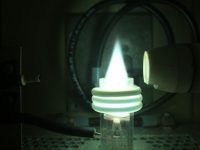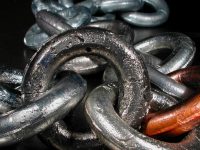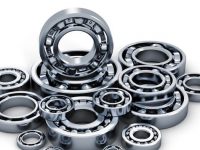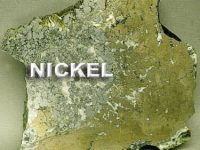Introduction to Elemental Spectroscopy Elemental spectroscopy measures in-service fluid samples for wear metals, additives, and contaminants. The method used to perform the measurement is properly termed Inductively Coupled Plasma Atomic Emission Spectroscopy (ICP-AES) and the results are commonly referred to as ICP or spec results. The measurement is performed by diluting a sample with solvent…
Read more
Introduction to Elemental Spectroscopy







